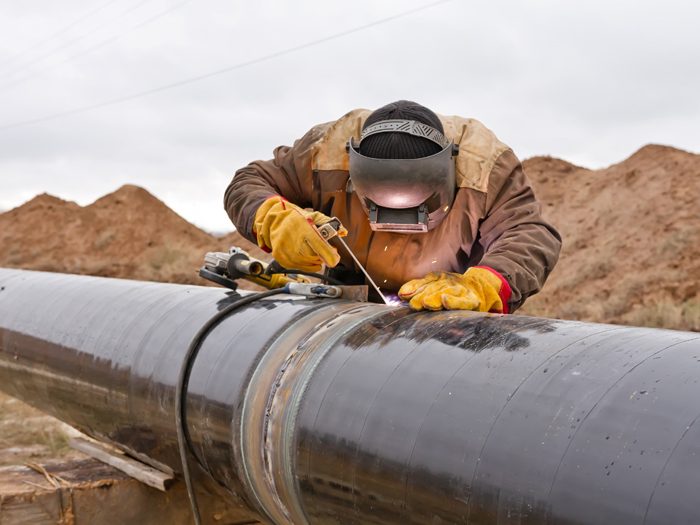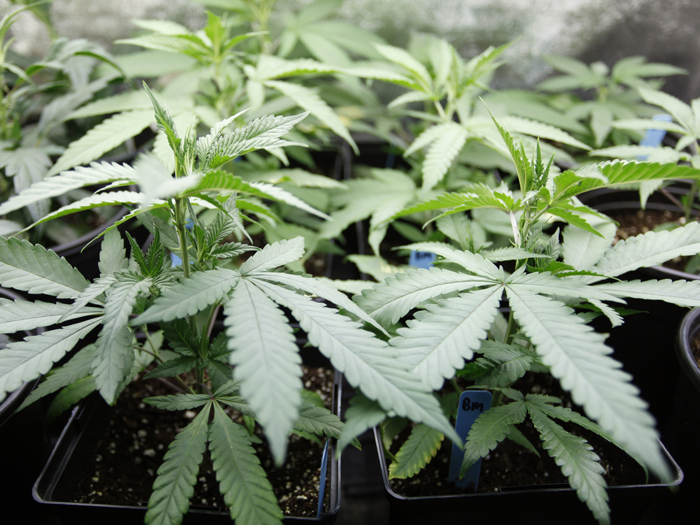Environmental Risk
Severe Weather Imperils Fuel Pipelines

April showers bring peril to pipelines.
The hurricane season does not start officially until June 1, but spring rains and snowmelt highlight the growing peril to the aging energy infrastructure in the U.S. from severe weather. In most cases the leaks are small and contained locally, but underwriters see the emerging risk as one of frequency as much as severity.
In late October, the Associated Press reported that a “freak storm” around Williamsport, Pa., “caused a Sunoco Logistics gasoline pipeline to rupture, spilling an estimated 54,600 gallons into a tributary of the Loyalsock Creek that flows into the Susquehanna River at Montoursville.

John O’Brien, energy practice leader, Ironshore
The storm dumped as much as seven inches of rain on Western and Central Pennsylvania, triggering mudslides, turning roads into rivers and sweeping away at least two homes.
“The energy industry has environmental risks because their assets are set in places that have exposed named perils,” said John O’Brien, energy practice leader at underwriters Ironshore.
“These perils are not new. What is new is the greater awareness of weather events. Pipeline losses in particular seem to have greater frequencies. At least they are being reported more frequently and the losses seem to be bigger.”
O’Brien noted that weather is not the only variable in the equation.
“Part of the perception is that there is more material in storage than ever. Both crude oil and refined products. The tanks and terminals are full. Storage capacity is at an all time high.” When weather comes in, it takes longer to drain tanks, and fewer options on where to put displaced material.
“Pipeline people understand the issues,” said O’Brien. “In the past they mostly focused on system integrity [from an operational and maintenance perspective]. Now issues like ground subsidence are being discussed more and more. There is definitely heightened awareness.”
Marcel Ricciardelli, senior vice president, environmental division, Allied World, corroborated that, “yes, the experts in weather tell us that, yes, we are in a cycle of more, and more severe weather incidents. And that has affected our industry and the industries we cover.”
“When much of the energy infrastructure now in place was installed, that was based on past weather incidents and experience to that time. As a result, today, we are not just seeing more and more severe incidents; we are seeing severity in new regions.”
That has led to some underwriters changing the way they run their business from underwriting to capacity deployment.
“The property and casualty guys can give you a thesis on this,” said Ricciardelli. “On the environmental side things are more nuanced. I can tell you some of the things we are starting to look more at are things like above-ground tanks that are below grade, such as in a parking structure.
“We are alert to concentrations of things like that in urban areas. That goes for smaller tanks to larger bulk storage. Overall there are clearly shifting considerations for our industry.”
“One of the best things about environmental coverage is that it includes recovery services.” — Marcel Ricciardelli, senior vice president, environmental division, Allied World
Traditionally property policies do not include much environmental coverage, Ricciardelli explained. “Environmental tends to come in at two spots: a time element within the casualty tower, and also within pollution. For those, the event is not really the issue. The trigger is simply a release.”
After a release from any cause, Ricciardelli added that “the most important thing is access for recovery. If the release was caused by a mudslide from heavy rains, is there flooding? Is the area stable enough to begin recovery? Or was the landslide from seismic activity?
“One of the best things about environmental coverage is that it includes recovery services. Most of the big pipelines have their own, but for smaller operators the access to equipment and expertise is important.”
Recovery assets and preparation brings Ricciardelli back to the challenge of worse weather in new places. “There are landfills that were sited in places that were considered safe and are now flood zones.”
There are also environmental hazards that are not weather-related. Earthquakes associated with underground injection of wastewater have been a serious concern.
“The attention has been on homes and buildings with cracks,” said Ricciardelli, “but this comes back on the energy industry. There are pipelines and storage terminals in places like Oklahoma that have documented increased seismicity, and those facilities are not built to withstand earthquakes.”











